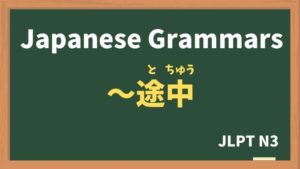
Explanation:〜までもない / 〜までもなく・・・
fa-check-circleMeaning
"わざわざ〜する必要がない"
"there is no need to do"
Expresses that there is no need to do something because it is obvious or unnecessary.
Often used in situations where the action or statement is deemed unnecessary due to its obviousness or the situation at hand.
fa-check-circleForm
V(dictionary form) + までもない
V(dictionary form) + までもなく〜
fa-check-circlePoints
- Unnecessary Action: "〜までもない" implies that taking a specific action is not necessary because it is self-evident or not worth the effort.
- Common Knowledge: This expression often refers to situations where things are already clear or understood, so no further explanation or action is required.
- Formal to Casual: It can be used in both formal and casual contexts, depending on the level of the conversation.
fa-check-circleJLPT Level
N2
Sample sentenes
これは初級の文型ですから、わざわざ説明するまでもないですね。
This is an elementary grammar pattern, so there's no need to explain it.
こんな簡単な計算、電卓を使うまでもない。
This simple calculation doesn't require a calculator.
これぐらいの傷なら、病院に行くまでもないよ。
For a wound like this, there's no need to go to the hospital.
薬を飲めば治りますよ。手術するまでもないです。
You'll get better if you take the medicine. There's no need for surgery.
駅まで歩いて5分なので、タクシーを使うまでもないです。
It's only a five-minute walk to the station, so there's no need to take a taxi.
Vocabulary
| Japanese |
English | |
| 電卓 | でんたく | calculator |
| 傷 | きず | injury |
| 手術 | しゅじゅつ | operation |






